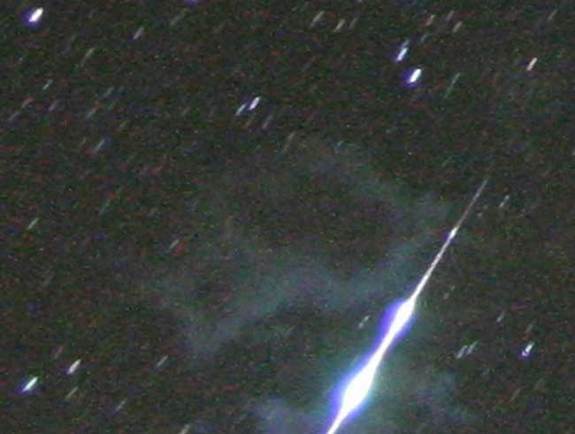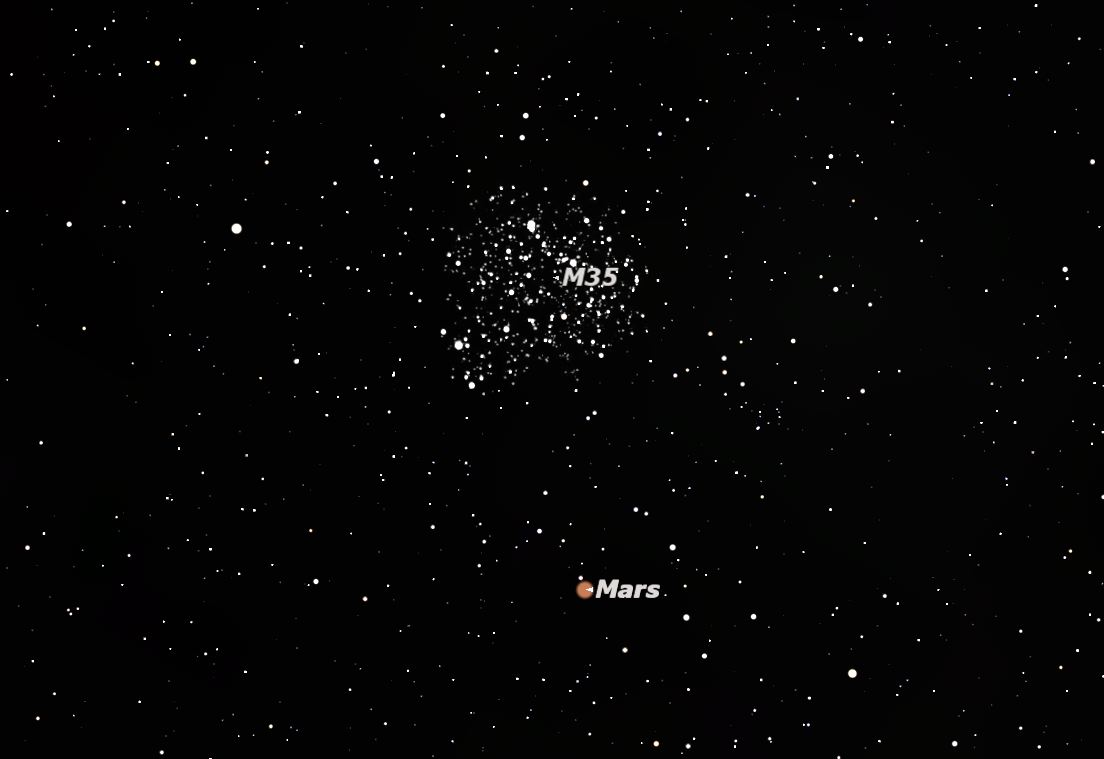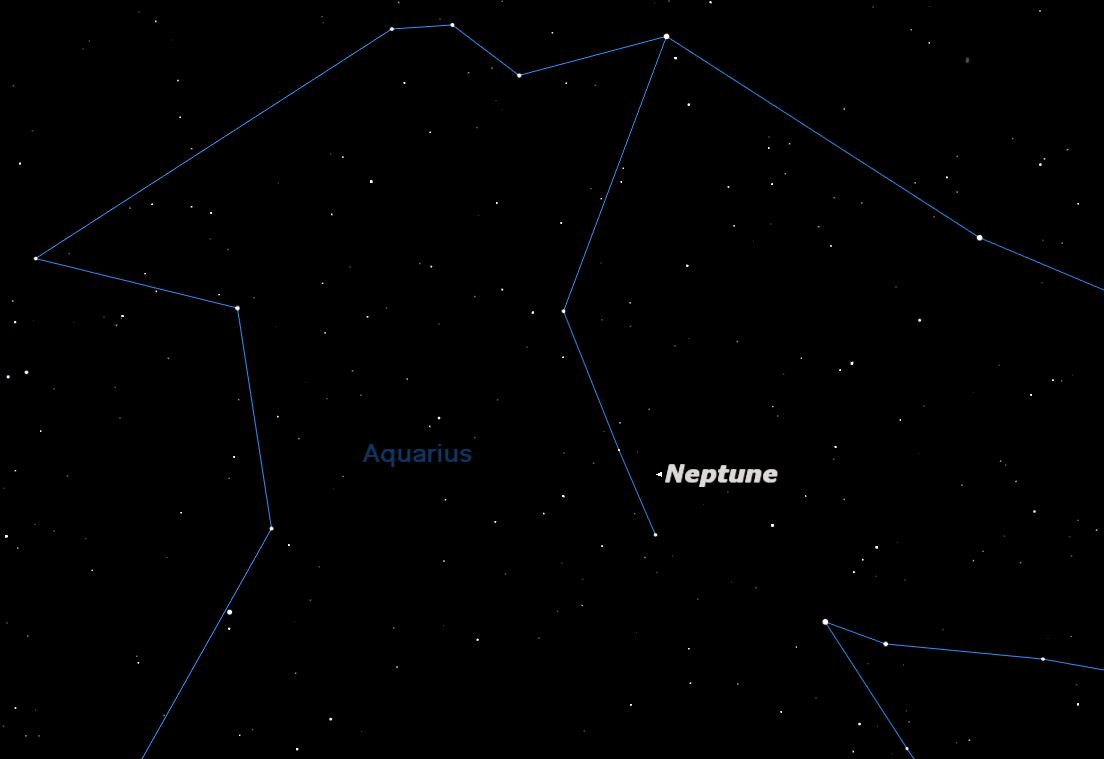Skywatching Events for August 2011

Here's a look at the most promising skywatching events of August 2011:
Moon Phases
Sat., August 6, 7:08 a.m. EDT
First Quarter Moon
The First Quarter Moon rises around 3 p.m., and sets around midnight.
Sat., August 13, 2:57 p.m. EDT
Full Moon
Breaking space news, the latest updates on rocket launches, skywatching events and more!
The Full Moon of August is known as the Grain Moon. In Algonquian it is known as Sturgeon Moon. Other names are Red Moon, Green Corn Moon, Lightning Moon, and Dog Moon. In Hindi it is known as Narali Poornima or Raksha Bandhan. Its Sinhala (Buddhist) name is Nikini Poya. The Full Moon rises around sunset and sets around sunrise, the only night in the month when the Moon is in the sky all night long. The rest of the month, the Moon spends at least some time in the daytime sky.
Sun., August 21, 5:54 p.m. EDT
Last Quarter Moon
The Last or Third Quarter Moon rises around 11 p.m. and sets around 2 p.m. It is most easily seen just after sunrise in the southern sky.
Sun., August 28, 11:04 p.m. EDT
New Moon
The Moon is not visible on the date of New Moon because it is too close to the Sun, but can be seen low in the east as a narrow crescent a morning or two before, just before sunrise. It is visible low in the west an evening or two after New Moon.
Observing Highlights
All Month, evening twilight
Comet Elenin
Comet Elenin will be well placed in evening twilight for observation with binoculars and small telescopes all month. It will rise from 10th magnitude at the beginning of the month to 6th magnitude by the end of the month, moving from Leo into Virgo.
Mon., August 1, twilight
Mercury near the Moon
Mercury will be just to the right of the slender crescent Moon at twilight.
Fri., August 5
Vesta at opposition
The brightest asteroid Vesta reaches opposition in Capricornus on August 5, but will be well placed all month. It will be between magnitudes 5 and 6 all month, making it just visible to the naked eye.
Sat., August 6, morning twilight
Mars visits Messier 35
Just before dawn, Mars and open cluster Messier 35 rise together in the northeast.
Sat., August 13, 2 a.m. EDT
Perseid meteor shower peaks
The best meteor shower of the year will be dimmed by a bright Moon this time around, but is always worth watching. Look for early shower meteors during the week leading up to the peak. Best viewed after midnight.
Mon., August 22
Neptune at opposition
Neptune has just completed its first trip around the Sun since its discovery in 1846. It can be spotted in Aquarius with binoculars and small telescopes.
Planets
Mercury is too close to the Sun to be observed this month.
Venus is too close to the Sun to be observed this month.
Mars is in the eastern sky just before dawn. It moves into Gemini on the 3rd, where it remains the rest of the month.
Jupiter rises well after midnight, and then dominates the eastern sky until dawn. It spends the whole month in the constellation Aries.
Saturn is low the evening sky in the constellation Virgo.
Uranus is in Pisces all month, visible before dawn.
Neptune is in opposition in Aquarius on August 22, visible in binoculars or a small telescope all night long.
This article was provided to SPACE.com by Starry Night Education, the leader in space science curriculum solutions. Follow Starry Night on Twitter @StarryNightEdu.

Geoff Gaherty was Space.com's Night Sky columnist and in partnership with Starry Night software and a dedicated amateur astronomer who sought to share the wonders of the night sky with the world. Based in Canada, Geoff studied mathematics and physics at McGill University and earned a Ph.D. in anthropology from the University of Toronto, all while pursuing a passion for the night sky and serving as an astronomy communicator. He credited a partial solar eclipse observed in 1946 (at age 5) and his 1957 sighting of the Comet Arend-Roland as a teenager for sparking his interest in amateur astronomy. In 2008, Geoff won the Chant Medal from the Royal Astronomical Society of Canada, an award given to a Canadian amateur astronomer in recognition of their lifetime achievements. Sadly, Geoff passed away July 7, 2016 due to complications from a kidney transplant, but his legacy continues at Starry Night.







